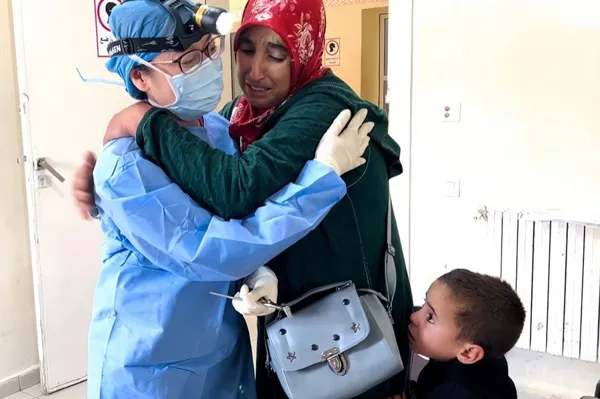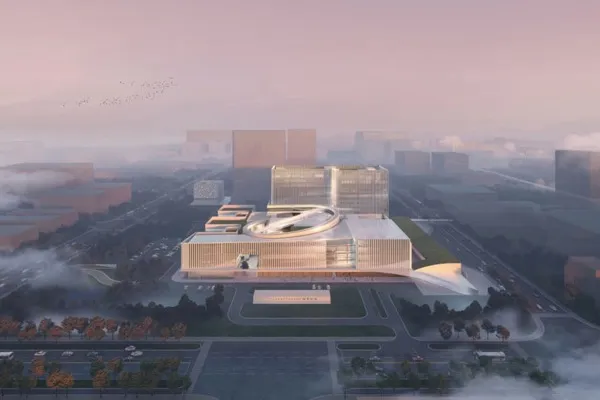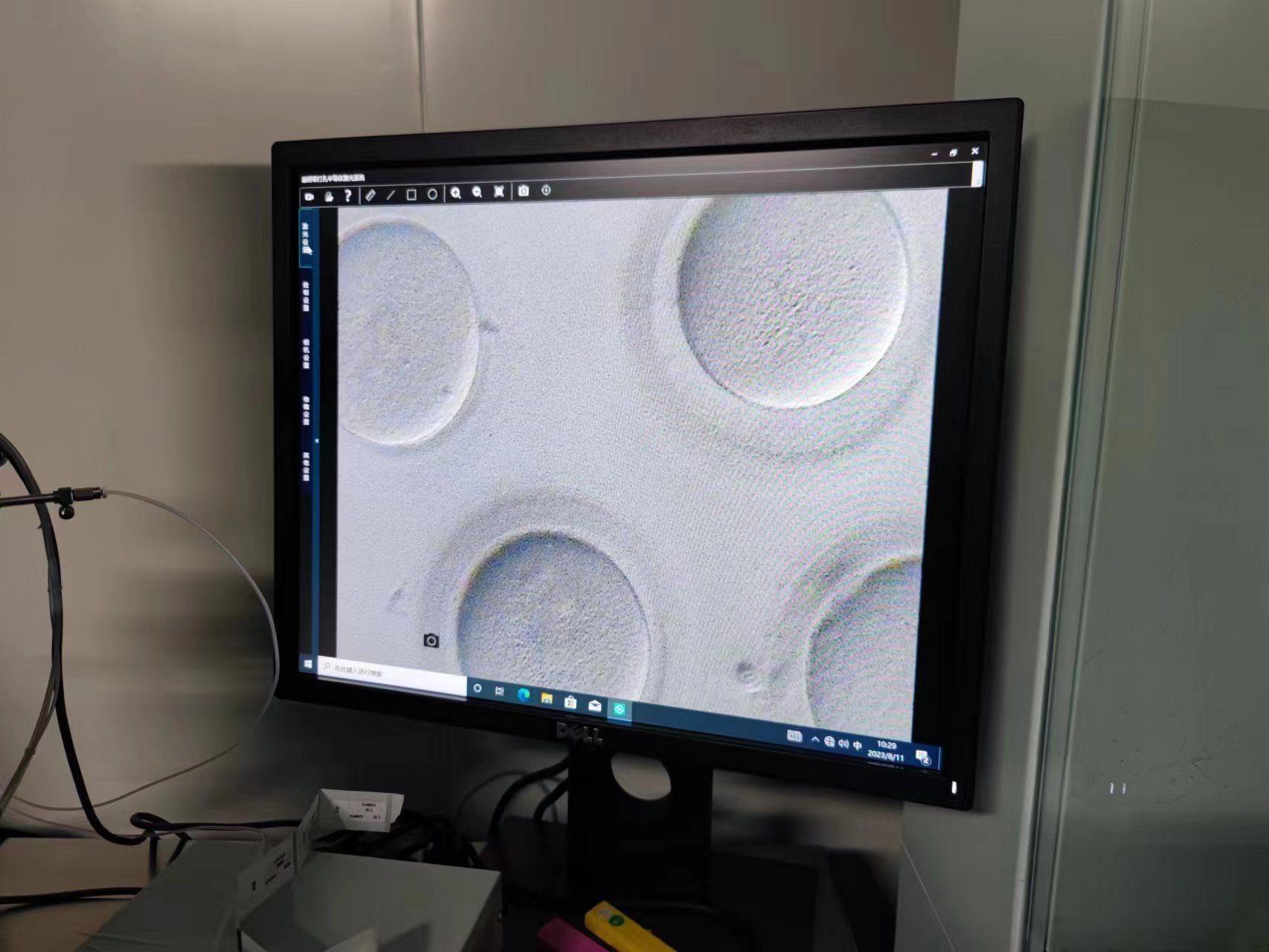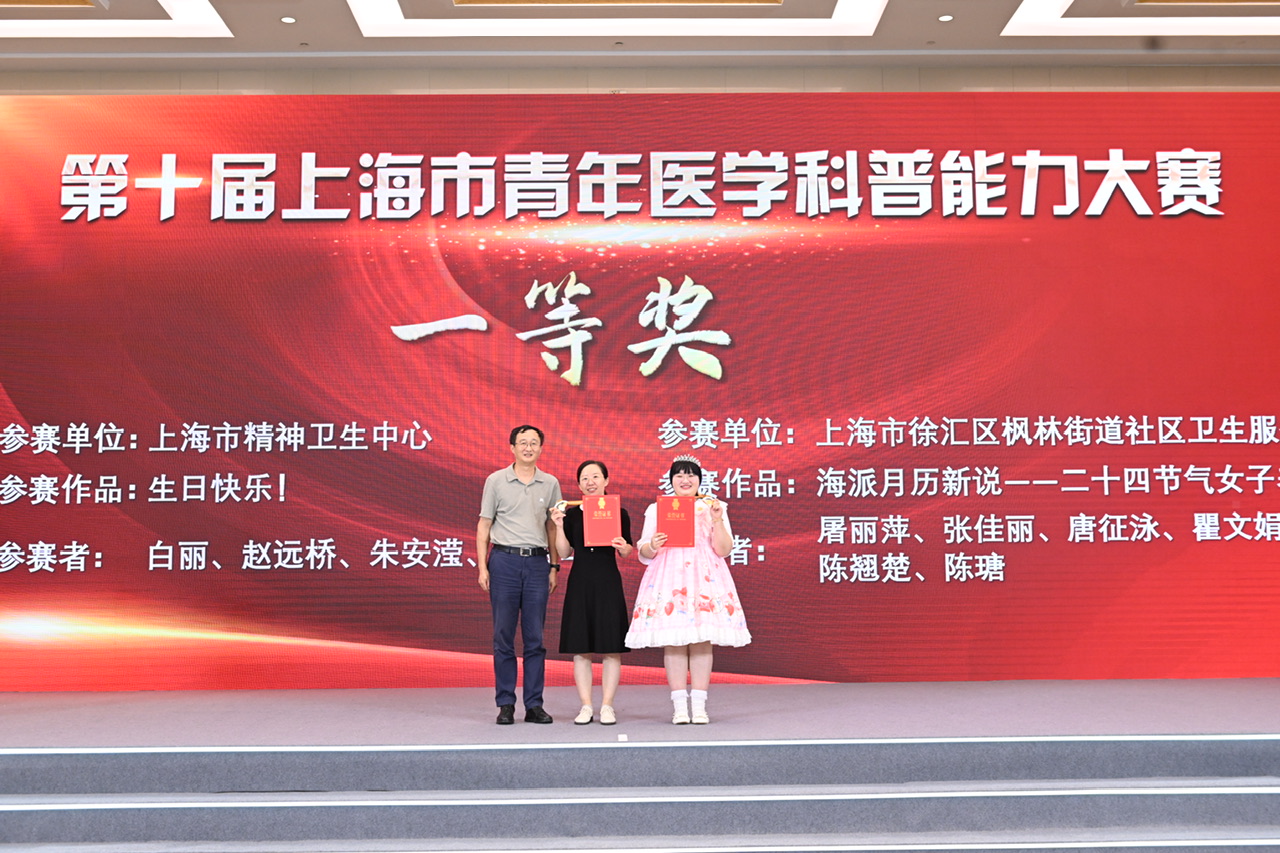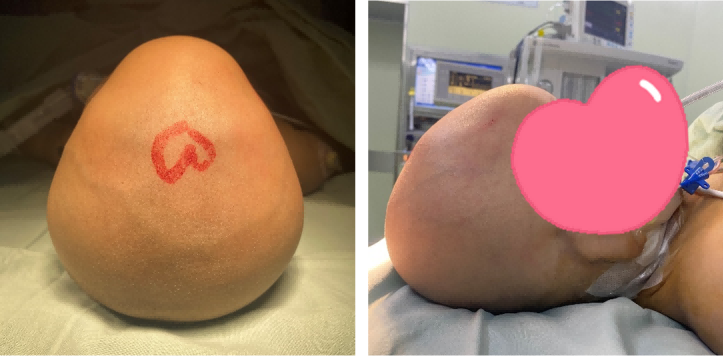Hoping for more families to reunite soon, after the earthquake in Morocco: Chinese doctors insist on treating patients by donating blood for free
We know each other no matter how far we are, but we are still neighbors thousands of miles away. The Mid-Autumn Festival and National Day are approaching. Thousands of miles away in Morocco, North Africa, medical aid team members from Shanghai still insist on diagnosing and treating diseases and protecting the health of local people while celebrating the festival of their motherland.
On September 8, a 6.9-magnitude earthquake occurred in Morocco, which was the strongest earthquake in the region in a century. A reporter from Liberation Daily and Shangguan News learned that all the medical team members aiding Morocco were safe. They actively participated in local treatment, donated materials, and Donate blood for free, practice the "Bethune Spirit" of boundless love with practical actions, and help more local families reunite as soon as possible.
Cai Bin, chief physician of the Obstetrics and Gynecology Department of a hospital in Shanghai, is part of a medical team that corresponds to Sedat Hassan II Hospital in Morocco. He has been assisting there for two years now. During the earthquake, even though the medical team was located 260 kilometers away from the epicenter, the earthquake was equally strong.
Cai Bin said: Marrakech, Morocco is the closest big city to the epicenter this time. Although there are not many casualties in his area, the number of hospital admissions has increased significantly. The next day was on duty, and the number of obstetric outpatient clinics increased significantly compared with usual, especially those suffering from uterine contractions and premature birth caused by the earthquake; the elderly accounted for the majority of orthopedic consultations.
Despite the risk of aftershocks, Cai Bin insisted on completing the operation on the stage. He said bluntly, "At that time, my body and mind were focused on the patient, and the shouts outside were almost inaudible. It is often only after the operation that we find out that another aftershock has occurred." Among the patients receiving , some were specifically transferred from other hospitals to Sedat Hassan II Hospital because of the reputation of Chinese doctors. "We told the local people that in the hearts of Chinese medical staff, patient safety is the first priority, and we will never give up on patients at any time!" Cai Bin said.
Benjelir Medical Center in the central Moroccan city is the closest medical aid station to the epicenter of the earthquake. After the earthquake, medical team members stuck to their posts and carried out multiple cesarean sections despite the risk of aftershocks. Liu Yan, an obstetrics nurse from Shanghai No. 8 Hospital, said that not long after the earthquake, she received a call from the hospital about a woman with severe prepartum hemorrhage. She immediately changed her clothes and went straight to the operating room. Fortunately, the whole process went very smoothly and the mother and daughter were safe. After the earthquake, this medical center successfully welcomed the arrival of many new lives.
The strong earthquake in Morocco occurred late at night. Residents were buried in the rubble while they were sleeping. Most of the local buildings were made of rammed earth and lacked earthquake resistance. The transportation was inconvenient and rescue was difficult, resulting in heavy casualties. Members of the Agadir team recalled: When they saw the news that many health institutions were calling for blood donations, all the team members immediately responded positively and signed up to donate blood.
Zhang Feigong, the captain of the Agadir team, is a deputy chief physician of surgery. After the earthquake, he had been busy treating the wounded, communicating with the hospital, inspecting the critical care department, sorting out donated materials, etc. At night, he was worried about the danger caused by aftershocks to the team members, and almost never slept well. Zhang Feigong was the first to sign up to donate blood. His reason was very simple. "It is the duty of a Communist doctor to give love at critical moments."
Yao Liqun is the deputy chief physician of the Department of Obstetrics and Gynecology. She has participated in individual voluntary blood donations from time to time in China. Since the earthquake, she has stayed on the front line and delivered many "earthquake babies" despite the risk of aftershocks. When Dr. Yao signed up to donate blood, her teammates felt that she had a heavy workload and suggested not to donate blood. However, she resolutely said, "I have many experiences of donating blood and I have confidence in my body." Li Min, the cook of the medical team, is responsible for three meals a day for the entire team. In the unfamiliar land of Morocco, he also silently showed his love. "I am a member of the team and I want to contribute together."
The 60th anniversary of Shanghai’s foreign aid builds a “bridge of friendship”
News from the Shanghai Municipal Health Commission: Since the Chinese government dispatched the first medical team to Algeria in 1963, Shanghai has participated in the establishment of the mission for 60 years. Since 1975, Shanghai has undertaken the task of sending medical teams to Morocco, with each batch lasting two years. Over the past 48 years, 195 medical teams with 1,944 members have been dispatched to assist Morocco, treating a total of 5.78 million outpatient and emergency patients and 800,000 inpatients, contributing Shanghai's strength to the development of local medical and health services.
Dr. Chen Ji of Shanghai Tongren Hospital twice asked to assist Morocco. “When I was a resident doctor 20 years ago, two teaching teachers came to Morocco one after another. In 2016, I followed the footsteps of my teachers and came here. Two years of work experience gave me a lot of experience. It’s a different value in life.” Just last year, Chen Ji once again led 12 team members from Changning District to Lacidia without hesitation.
The Mohan Ali Sharif Provincial Central Hospital where Chen Ji is located was upgraded last year to a district-level hospital serving a population of 2 million in the area, with the number of beds expanded from less than 150 to 350. The arrival of the Chinese medical team has alleviated the shortage of local doctors. In the busiest departments, Chinese doctors bear about half of the workload.
From teaching people to fish to teaching people to fish, foreign aid work has been "continuous". From the moment they embarked on the journey, dedication became the background of their lives. For decades, batches of medical team members have endured the pain of being away from their loved ones and risking their lives to practice their original intention of treating diseases and saving lives in foreign countries. The professionalism and superb medical skills of Chinese doctors have been highly praised by Moroccan health authorities at all levels. As Hadi Mohammed, Director of the Health Department of Sedat Province, said: "The people who really need to be grateful are you Chinese doctors!"
On the eve of the Double Festival, Luo Meng, deputy director of the Shanghai Municipal Health Commission, who led a delegation to Morocco for condolences and investigations, said that the medical team aiding Morocco always kept in mind the great trust of the motherland and did their best to serve the health and well-being of the Moroccan people, building up the friendship between China and Morocco. As a bridge, China's story will become more glorious as it is passed on by generations of medical team members.
